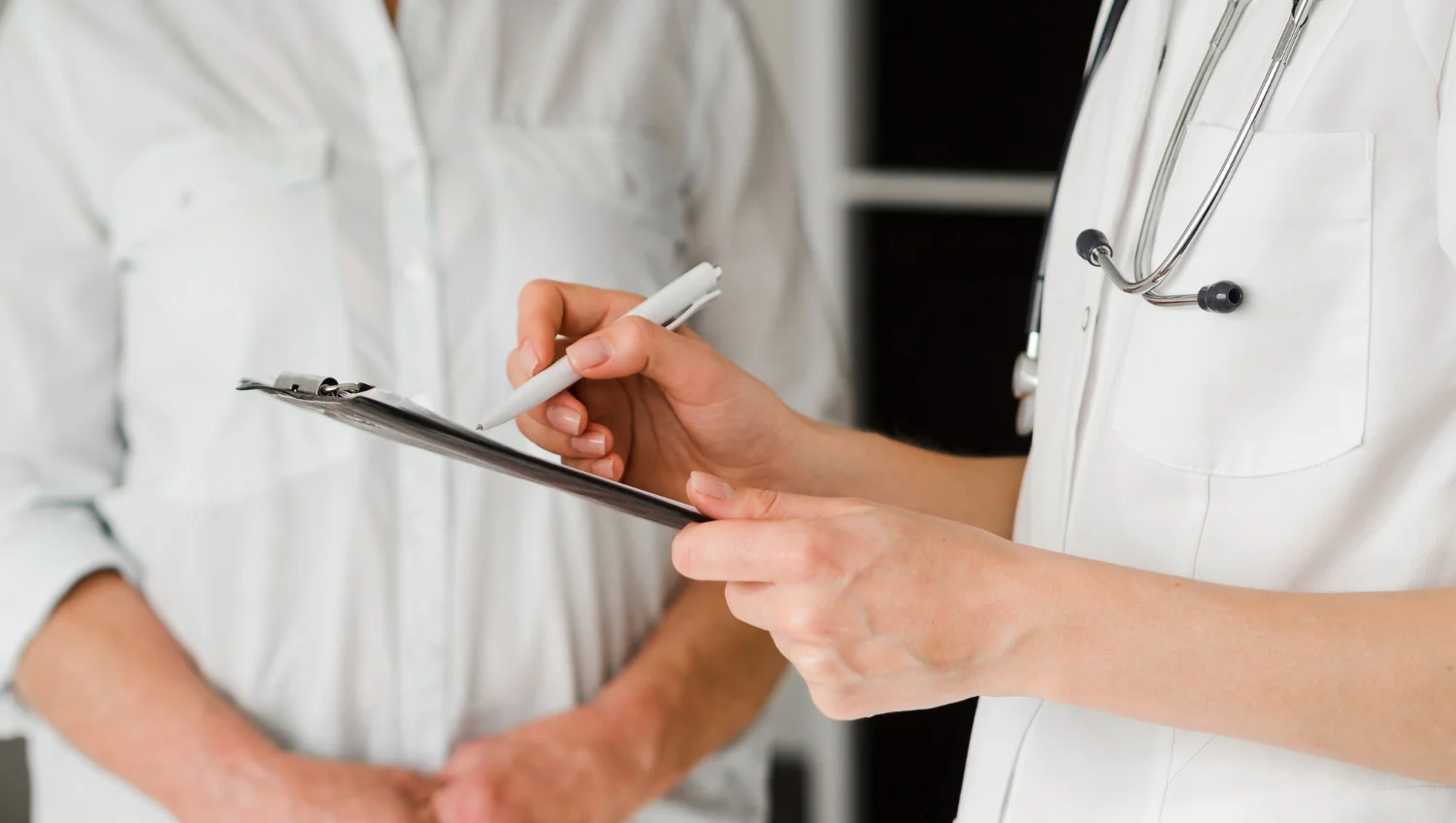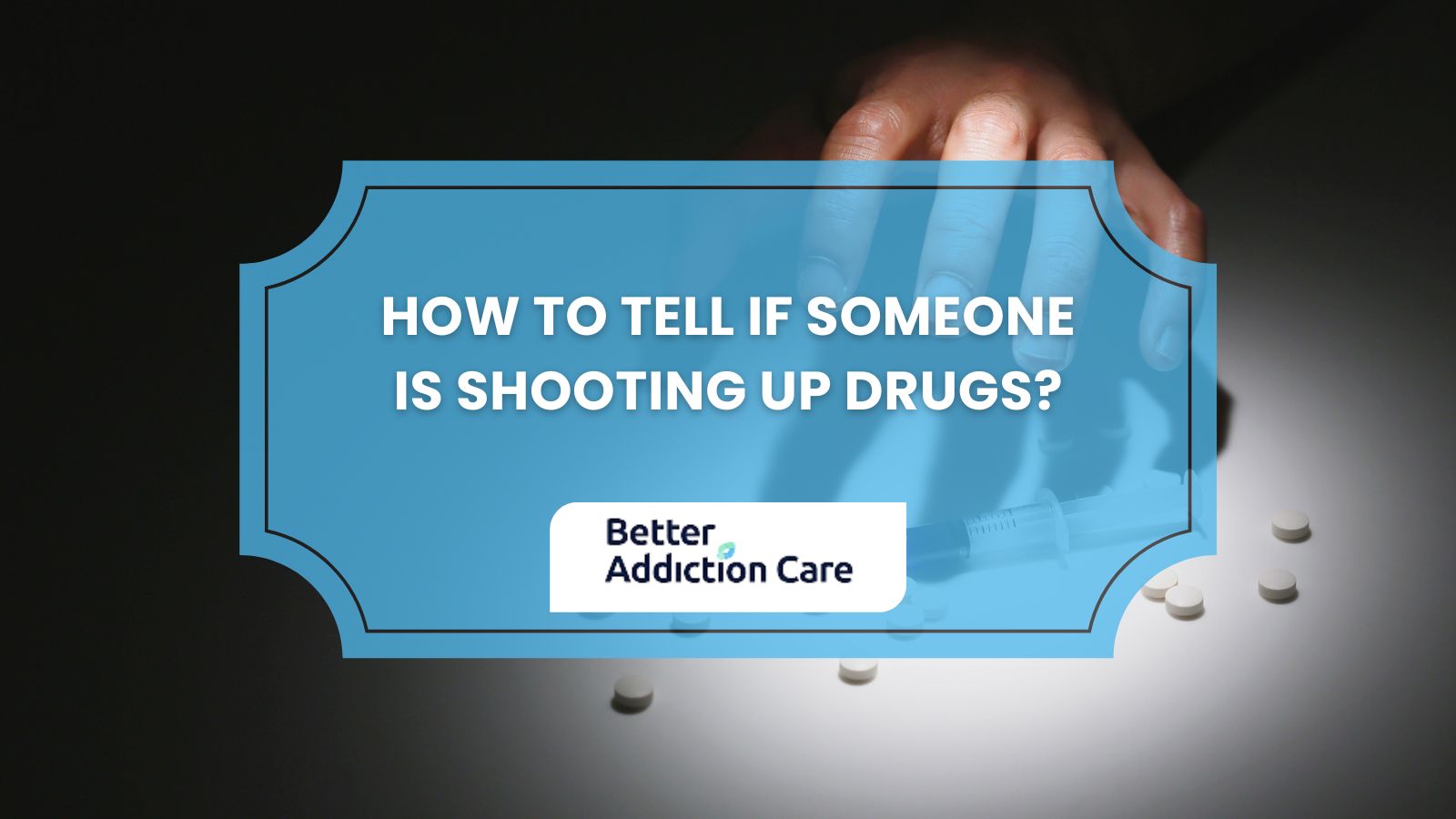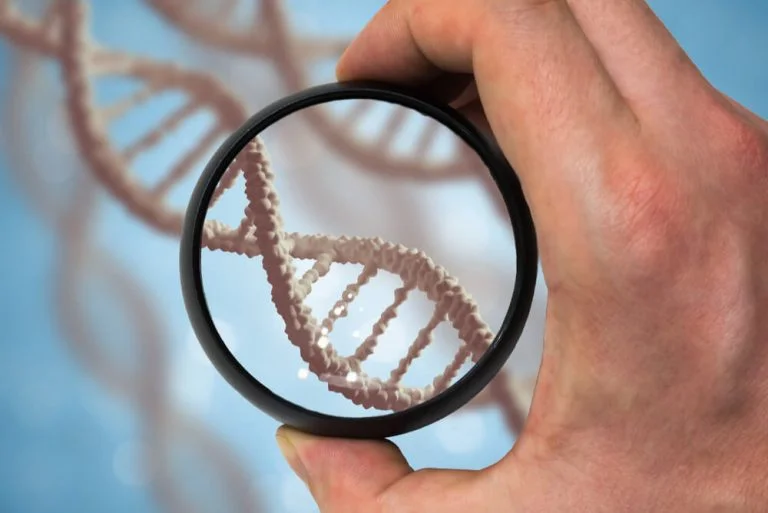How to Stop Masturbation Addiction: 8 Steps
Struggling to stop masturbation that feels out of control can leave you exhausted, embarrassed, and stuck in a loop of secrecy and shame. That’s common — and it doesn’t mean you’re a bad person.
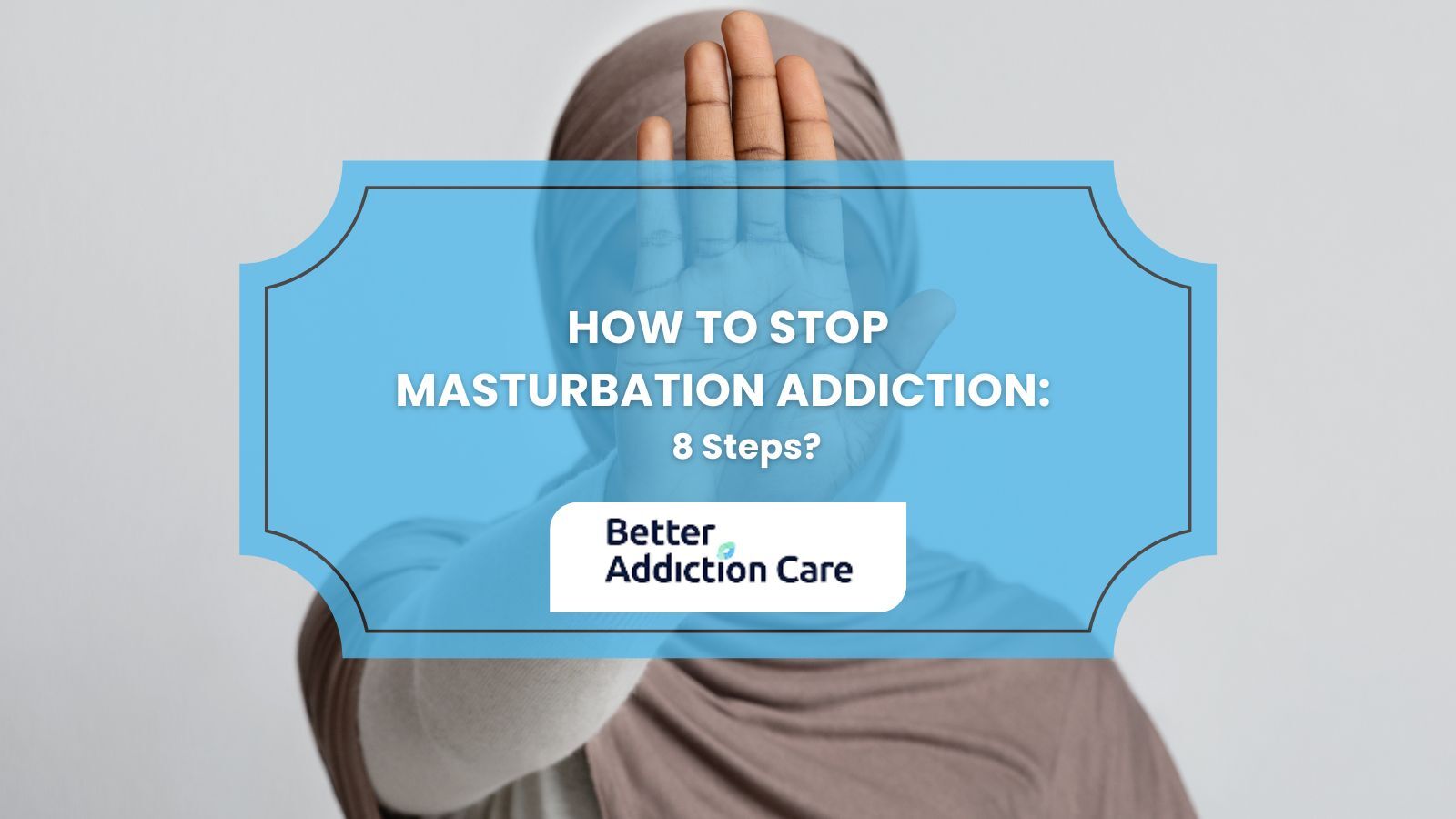
Clinicians now recognize a pattern called Compulsive Sexual Behavior Disorder (CSBD) in ICD-11 that describes persistent failure to control intense sexual urges when those urges cause marked distress or harm to life, work, or relationships[1].
A question always left you in wonder whether you are going to get rid of it, or how this is going to be stopped?
Masturbation addiction can be managed by following a structured plan that addresses both triggers and behavioral change. The process isn’t instant—it usually takes consistent effort over weeks or months—but progress is realistic and achievable.
Key Takeaways
-
Breaking the cycle requires more than willpower—it takes structure. By identifying triggers, setting realistic goals, and building healthy routines, you can begin replacing old patterns with stronger habits that support long-term recovery.
-
Relapse does not mean failure; it is a normal part of the healing process. What matters is learning from each setback, adjusting your plan, and continuing forward with persistence.
-
Support is always available. Whether through self-help strategies, accountability partners, or professional treatment, you are not alone in this journey. Reaching out for help is a sign of strength, and it can make lasting recovery more achievable.
Steps to Overcome Masturbation Addiction
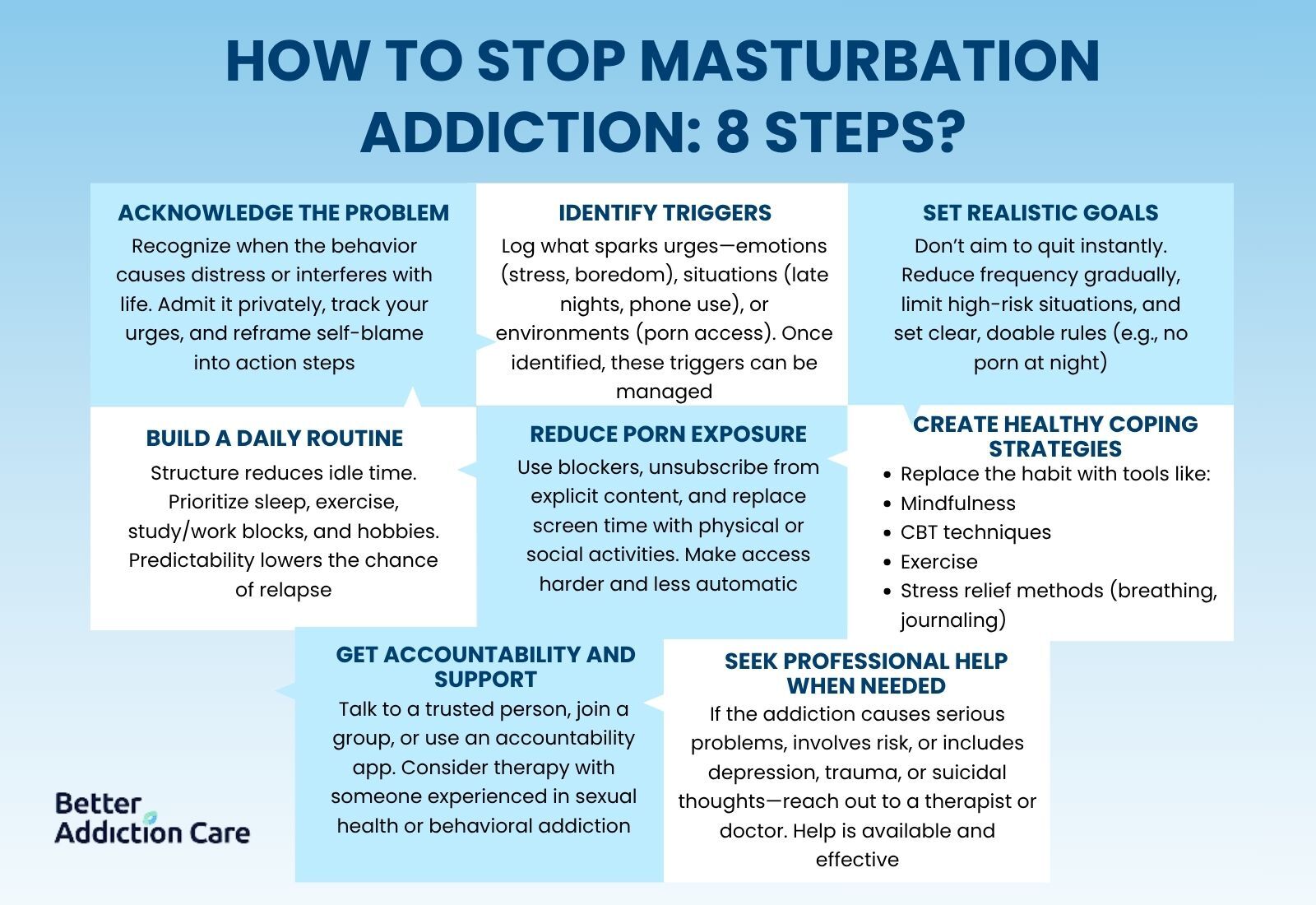
Step 1 — Acknowledge the problem without shame
The first step is honest naming. When masturbation shifts from occasional release to a repetitive, uncontrollable pattern that causes distress or harms your school, work, relationships, or mood, it warrants attention.
And that’s what the ICD-11 definition highlights: loss of control plus impairment or distress[1]. Saying “I have a problem with compulsive masturbation” isn’t defeat — it’s information. It tells you where to put your effort.
Why does this matter? Denial lets the cycle continue. Self-criticism and moral shame commonly deepen secrecy, which increases isolation and returns you to the behavior for relief. Clinical literature shows shame often reinforces compulsive sexual behavior and reduces help-seeking. [2][3]
Practical first moves (fast, doable):
-
Name it privately: write one honest sentence in a note or journal (e.g., “My masturbation is interfering with my classes and causing guilt.”).
-
Measure baseline: track urges for 7 days (time, mood, situation) — don’t judge, just record. Patterns appear quickly.
-
Swap self-blame for problem-solving language: replace “I’m weak” with “I’ve learned one thing: this behavior helps me escape stress; now I can build other ways to cope.”
Short reassurance: admitting the problem opens access to tools that work. You’ll use that awareness to shape every step after this — from avoiding triggers to choosing support. [1][2][3]
Step 2 — Identify triggers and patterns
To change behavior, know what sparks it. Compulsive masturbation rarely happens in a vacuum — it follows emotional and situational triggers. Charting these triggers turns guesswork into choice.
Common emotional triggers:
-
Stress or anxiety (exams, conflicts).
-
Boredom or loneliness (long stretches alone).
-
Low mood, shame, or anger (self-soothing attempts). Clinical reviews link emotional regulation problems and prior trauma to higher CSBD risk. [3]
Situational triggers to watch:
-
Late-night phone use with no structure.
-
Private browsing environments (closures, incognito modes).
-
Easy access to porn or sexual content (feeds, image thumbnails).[6]
How to map triggers?
Here’s a quick journal method:
-
When an urge hits, note time + emotion + place + activity.
-
Do this for one week. Look for repeats.
-
Tag the top 3 triggers and rank them by frequency and impact.
Once you see patterns, you can interrupt them. For example, if late-night scrolling is a top trigger, a small change (phone out of bedroom, bedtime routine) cuts many urges at the source.
Research shows accessibility and environmental cues are strong drivers of compulsive sexual behavior — change the cue, and you change the behavior. [4]
Step 3 — Set realistic goals and limits
Big, vague promises (“I’ll stop forever”) often backfire. Instead, use realistic, measurable goals that reduce shame and build momentum.
Why realistic goals work: stepwise targets help rewire habit loops without triggering black-and-white thinking. Experts recommend a phased approach — reduce frequency, remove high-risk contexts, then strengthen alternatives. [3]
Practical goal plan:
-
Week 1: Track urges and set 1 concrete limit (e.g., no pornographic access at bedtime).
-
Weeks 2–4: Reduce private masturbation episodes by 20–30% relative to baseline.
-
Month 2+: Add coping replacements (30 minutes of exercise or hobby during typical urge windows).
Tactics to make limits stick:
-
Implementation intentions — write “If X happens (late-night scrolling), then I will Y (get out of bed and do 10 pushups).” This reduces decision fatigue.
-
Environment rules — move devices out of private spaces; set website blockers during critical hours.
-
Small wins log — note each success (even a single hour without acting). Wins build self-efficacy.
Clinical note: if compulsive behavior co-occurs with high distress or risky behaviors, set goals in consultation with a clinician — they can tailor step levels and monitor safety. [6]
Step 4 — Build a structured daily routine
Idle time and inconsistent sleep are major relapse fuels. Routine provides predictability, reduces boredom, and builds resilience against urges.
Core elements of a recovery-friendly routine:
-
Consistent sleep (same bedtime + wake time). Good sleep improves impulse control and mood. [4]
-
Regular physical activity — even short workouts blunts cravings and reduces anxiety.
-
Purposeful time blocks — schedule study/work, meals, social time, and at least one energizing hobby.
-
Digital hygiene — set “device-free” hours, especially before bed.
Stable routines strengthen the brain circuits involved in self-control and reduce the opportunity for automatic urges to become actions. Addiction neuroscience shows that structured healthy behaviors help rebalance reward and self-control networks over time. [4]
A routine starter day:
-
7:00 am wake + light activity (walk, stretch)
-
9:00–12:00 work/study blocks (Pomodoro style)
-
12:00 lunch (away from screens)
-
5:00–6:00 exercise or social activity
-
9:00 pm wind-down (no porn, device out of bedroom)
Micro-habits matter: walking for 10 minutes at the first sign of an urge often breaks the immediate tension and gives you time to choose a healthier response. Use phone alarms or calendar reminders until the new routine feels automatic. [5]
Step 5 — Reduce pornography exposure.
Porn frequently fuels escalation in compulsive masturbation — novelty and easy access can increase tolerance and escalate behaviors. Reducing exposure is often a priority in recovery.[6]
Why porn matters: studies link problematic pornography use with compulsive sexual behavior and escalation in masturbation and sexual preoccupation. When porn is the main stimulus for arousal, it can train the brain to expect intense, screen-based stimulation rather than calmer real-life intimacy[2].
Steps to limit pornography access:
-
Technical blocks: install site blockers (Cold Turkey, OpenDNS, built-in router filters) and set strong passwords you don’t control.
-
Accountability apps: Use software that sends usage reports to an accountability partner.
-
Content hygiene: unsubscribe/unfollow any channels/pages that serve sexual content; clear browsing history (but pair this with behavioral changes so you don’t just replace it with other cues).
-
Make access harder: remove saved profiles, log out of streaming sites, and use a non-private browsing mode only when necessary.
Behavioral substitutions: when the urge to view porn rises, have a short list of alternatives ready (5–15 minutes): pushups, a cold shower, call a friend, go outside, or practice 4-4-4 breathing.
Clinical note: For many people, complete abstinence from porn is not necessary; the key is whether the exposure drives compulsive masturbation and life impairment. If porn reduction doesn’t lower compulsive behavior, that’s a cue to involve a clinician. [3][6]
Step 6 — Build healthy coping mechanisms
Compulsive masturbation often functions as a quick fix for uncomfortable feelings. To stop, you need replacement skills that relieve distress without reinforcing the old loop.
High-impact coping tools (evidence-backed):
-
CBT strategies: recognize automatic thoughts that lead to urges and reframe them. Cognitive work reduces reactivity over time. [3]
-
Mindfulness & acceptance: short, daily mindfulness (5–10 minutes) helps tolerate urges without immediately acting on them. Trials show mindfulness reduces relapse risk in behavioral addictions. [3]
-
Physical activity: brief, high-effort exercise reduces craving intensity and improves mood via neurochemical changes. [4]
-
Stress skills: progressive muscle relaxation, box breathing, or guided grounding exercises for acute moments.
How to practice? (daily micro-plan):
-
Morning: 5–10 min mindfulness or breathing.
-
Midday: 20–30 min physical activity.
-
At urge: follow your 3-step urge plan — (1) pause and name the urge, (2) use a 5-minute distraction (walk, cold water), (3) journal one line about the trigger.
Why this matters: Behavioral medicine recommends combined approaches (CBT + mindfulness + lifestyle) to treat compulsive sexual behaviors because they address both automatic responses and underlying distress. [3][5]
Keep it simple and reliable. The goal isn’t perfect coping — it’s a toolbox you can reach for when urges hit, so the old relief → guilt → repeat loop weakens over time. [3][4]
Step 7 — Seek accountability and support
You don’t have to go it alone. Accountability and social support are powerful recovery accelerators — especially for young men who often carry secrecy and shame.
Types of support that help:
-
Trusted friend or mentor: one person you check in with weekly about progress and slipups (non-judgmental).
-
Professional therapist: a clinician experienced with compulsive sexual behavior or sexual health provides assessment, CBT, and relapse-prevention work. [3][6]
-
Peer groups: confidential online or local support groups (some modeled on 12-step principles, others peer-led) provide shared experience and accountability.
-
Digital accountability tools: apps that report browsing or block content and optionally share reports with an accountability partner.
How to pick supports: look for someone who won’t moralize; prioritize confidentiality and consistent follow-up. If you’re unsure, start by calling a national helpline or using SAMHSA’s find-help tools to locate local services. [5]
What does accountability look like practically?
-
Weekly check-ins (text or call) with a friend about trigger mapping and wins.
-
A therapist 1× every 1–2 weeks for skill building and monitoring.
-
An online forum or group for real-time encouragement on tough days.
Clinical evidence supports combining individual therapy with social support and practical accountability to reduce relapse and improve functioning. If shame makes you avoid support, start small (anonymous forum, helpline) and expand as trust grows. [3][5][6]
Step 8 — Know when to seek professional help
Self-help helps many, but some patterns need professional care. Seek a clinician when the behavior causes substantial life impairment, involves risky sexual acts, includes criminal behavior, or co-occurs with severe depression, suicidality, or substance use.
ICD-11 diagnostic criteria emphasize significant distress or functional impairment as key triggers for clinical attention. [1][3]
Signs you should get professional help:
-
Repeated unsuccessful attempts to reduce or stop.
-
Major problems at work/school or broken relationships are caused by the behavior.
-
Use of masturbation or porn to cope with severe trauma, suicidal thoughts, or self-harm.
-
Escalation toward unsafe sexual situations or illegal acts.
What do professionals do?
-
Assessment: rule out medical causes, medication effects, or other psychiatric diagnoses.
-
Therapies: CBT, acceptance and commitment therapy (ACT), mindfulness-based relapse prevention, and sex-positive sexual medicine approaches. [3][6]
-
Medication: in selected cases (SSRIs, naltrexone) under specialist care — often as an adjunct to therapy. [3][6]
-
Safety planning: when risk exists (e.g., suicidal ideation or risky sexual behaviors).
How to find help in the U.S.: Use SAMHSA’s treatment locator or national helplines for confidential referrals, ask a primary care provider for a referral to a therapist experienced in sexual health, or check major medical centers (urology/psychiatry/sexual medicine clinics). [5][6]
Getting help isn’t a failure — it’s a strategic step that many people benefit from. Early clinical input can shorten recovery time and reduce the chance of long-term consequences. [1][3]
Relapse Prevention & Maintenance
Recovery from masturbation addiction is rarely a straight line. Many people experience periods of progress followed by slip-ups. In clinical terms, relapse is considered normal in behavioral addictions and not a sign of failure. What matters is how you respond.
Relapse often occurs during times of stress, fatigue, or changes in routine. Instead of spiraling into guilt, pause to identify the trigger, reset quickly with a grounding tool (like a walk or cold shower), and reconnect with your accountability or support system. These quick adjustments turn a setback into an opportunity for learning.
Long-term stability comes from consistency. Keep a brief log of triggers, maintain lifestyle anchors like sleep and exercise, and check in with a therapist or accountability partner when needed. With steady routines and proactive adjustments, each relapse becomes less disruptive, and recovery grows stronger over time.
Conclusion
Overcoming masturbation addiction is not about perfection—it’s about progress. By acknowledging the problem, identifying triggers, setting goals, and building healthier coping mechanisms, you can begin breaking the cycle step by step.
Recovery is a process, and setbacks are normal. What matters is consistency, self-compassion, and the willingness to try again.
If you find yourself struggling despite these strategies, remember that professional help is always available. Talking with a therapist, joining a support group, or reaching out to a confidential helpline can provide tools and encouragement that make lasting change possible.
Recovery is not about removing sexuality from your life—it’s about regaining control, building confidence, and creating a healthier balance. Every step you take is progress toward freedom.
Common Question Related to Overcoming Masturbaton
It’s normal for sexual habits to vary, but addiction is different. If masturbation feels compulsive, difficult to control, and continues despite negative effects on your studies, work, relationships, or self-esteem, it may be addiction rather than just high frequency. The key signs are loss of control, distress, and disruption in daily life.
Yes, many people reduce or stop compulsive masturbation using structured self-help strategies like goal setting, limiting triggers, and building accountability. However, therapy can be a major advantage.
Recovery timelines differ for everyone. Some people notice improvement within weeks of applying consistent strategies, while others may take several months to feel steady progress. What matters most is persistence—progress builds gradually, and setbacks don’t erase your effort. Think of recovery as a journey, not a quick fix.
Not at all. Relapse is common and expected in behavioral addictions. A slip-up does not mean failure—it’s feedback about your triggers and vulnerabilities. Instead of giving up, use relapse as a chance to adjust your plan, strengthen protective habits, and keep moving forward. Every attempt builds resilience.
Yes, if possible. Sharing with a trusted friend, mentor, or counselor reduces secrecy, which often fuels addiction. Talking to someone creates accountability and emotional relief, helping you feel less isolated. If you’re uncomfortable sharing with people you know, consider anonymous support groups or online communities.
Pornography is often a strong driver of compulsive masturbation. The brain adapts to constant novelty, which can escalate urges and make regular sexual experiences less satisfying.
Reducing or eliminating porn exposure helps weaken the addictive cycle and makes it easier to regain control. Tools like blocking apps or filters can provide practical support.
Seek help if masturbation addiction is causing significant distress, harming your mental health, or interfering with school, work, or relationships. If self-help steps haven’t worked after consistent effort, or if you feel overwhelmed by urges, a licensed therapist or behavioral health specialist can provide structured strategies and confidential support.



